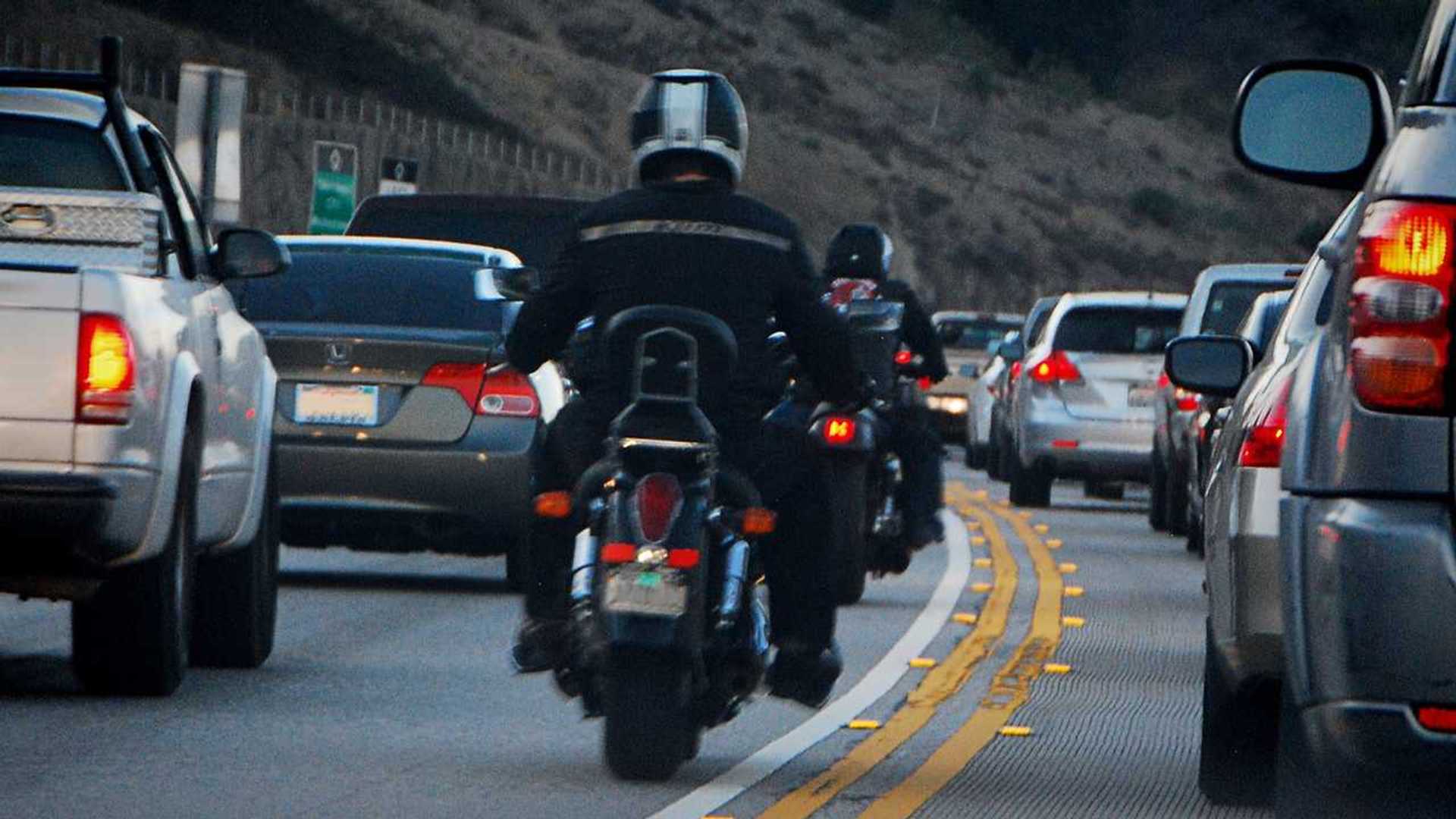
PEOPLE ARE CONFUSED ABOUT COLORADO'S LANE FILTERING LAW, AND IT'S A PROBLEM
The new law went into effect in August, but drivers are puzzled by the specifics.
The riding gods surely smiled on Colorado when state governor Jared Polis officially made lane filtering legal as of August 7. But as is frequently the case, now that the first month has passed, road users in Colorado still have questions about the new law, what's allowed, and what isn't.
Our original piece included direct quotes from the text of the new law, which is written with reasonably clear language. I point this out because if you look at as many pieces of legislation as I do, you'll know that sometimes clarity of both language and intent is sorely lacking.
The Colorado law that allows lane filtering, SB24-079, contains the following language, which I'll quote directly here.
"The act authorizes the driver of a 2-wheeled motorcycle to overtake or pass another motor vehicle in the same lane if:
- The traffic is stopped;
- The road has lanes wide enough to pass safely;
- The motorcycle is moving at 15 miles per hour or less; and
- Conditions permit prudent operation of the motorcycle while overtaking or passing."
Please note here that the text of the law specifies that the passing must occur in the same lane. Not adjacent lanes, even if it's a road with multiple lanes of traffic that flow in the same direction (although, if you're passing in an adjacent lane, that would seem to be regular vehicular passing behavior, and not in any way specifically related to lane filtering).
The Colorado State Patrol's page on the new lane filtering law reiterates the stipulation that "the lane must be wide enough to fit the vehicle and the motorcycle while passing." So, from both the Colorado state legislature and the Colorado State Patrol, the rights and expectations of both riders and other road users is pretty clear.
Oh, and the CSP's page also explicitly states the position that "Lane filtering is not required; it is an option for riders. The law requires traffic going in the same direction as the rider should be at a complete stop. Therefore, if there is a crash, the rider would be at fault as they would be the only vehicle moving."
This position is a thing worth keeping in mind if you're lane filtering in Colorado. Lane filter judiciously, and hopefully avoid legal headaches.
Come On, All 50 States
2024-09-18T13:35:04Z dg43tfdfdgfd